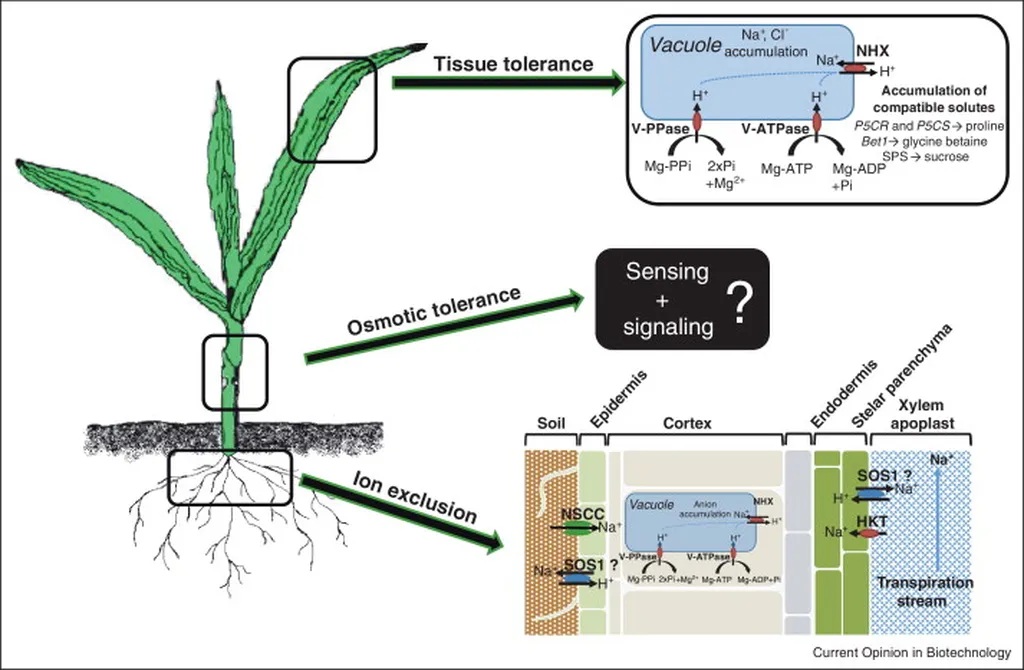In the heart of China, researchers at Zhejiang University have made a significant stride in the quest to improve salt tolerance in cotton, a crop of immense global economic importance. Led by Huazu Li from the College of Agriculture and Biotechnology, the team has uncovered genetic variations that could pave the way for breeding salt-tolerant cultivars of Gossypium barbadense, a species prized for its high-quality fiber.
The study, published in *Frontiers in Plant Science* (translated as “Plant Science Frontiers”), delves into the genetic underpinnings of salt tolerance in cotton. By analyzing 240 accessions of G. barbadense from around the world, the researchers identified four distinct subpopulations and pinpointed 23 highly salt-tolerant genotypes. This diversity is crucial for understanding how different cotton varieties respond to salt stress, a common challenge in agricultural landscapes.
The team employed genome-wide association studies (GWAS) to identify significant single nucleotide polymorphism (SNP) loci linked to salt tolerance. “We found multiple SNP loci associated with salt tolerance, with the most prominent signal on chromosome D02,” Li explained. This discovery is a stepping stone towards developing molecular markers that can aid in the breeding of salt-tolerant cotton cultivars.
One of the key findings involved the gene Gbar_D02G014670, also known as GbXTH27. Using virus-induced gene silencing (VIGS), the researchers demonstrated that silencing this gene exacerbated salt-induced wilting and decreased antioxidant enzyme activities. This insight into the functional role of GbXTH27 provides a deeper understanding of the molecular mechanisms underlying salt stress response.
The implications of this research extend beyond the cotton field. As Li noted, “This research provides valuable molecular markers and theoretical foundations for genetic improvement and breeding of salt-tolerant G. barbadense cultivars, while also offering insights into salt stress response mechanisms applicable to other crops.” The findings could be instrumental in developing crops that are resilient to salt stress, a critical factor in ensuring food security and sustainable agriculture.
In the broader context, the energy sector stands to benefit from advancements in salt-tolerant crops. Cotton is not only a vital raw material for the textile industry but also plays a role in biofuel production. Enhancing salt tolerance in cotton could lead to more efficient and sustainable biofuel feedstocks, contributing to a greener energy future.
The study by Li and his team is a testament to the power of genetic research in addressing agricultural challenges. By unraveling the genetic basis of salt tolerance, they have opened new avenues for breeding programs and crop improvement. As the world grapples with the impacts of climate change, such research is more crucial than ever. The insights gained from this study could shape the future of agriculture, ensuring that crops like cotton remain resilient and productive in the face of environmental stresses.

